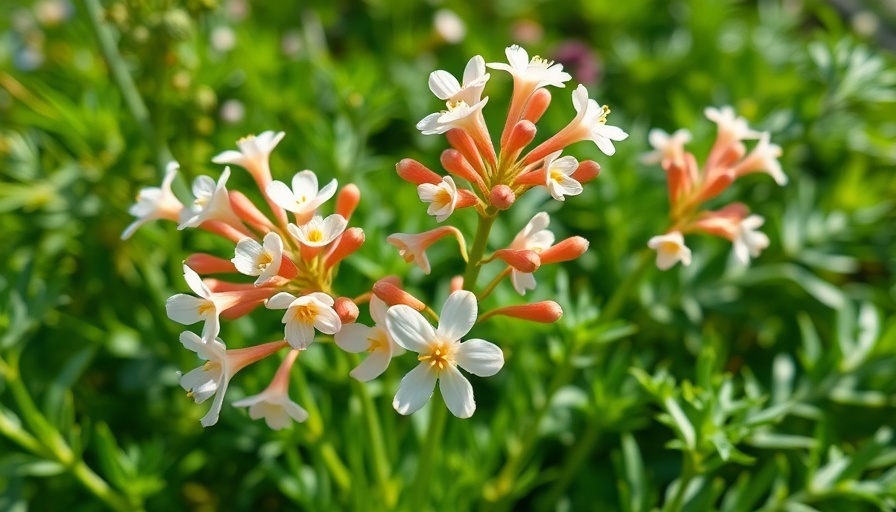
Why Saving Carrot Seeds Matters for Gardeners
As the redolent scent of a freshly tilled garden fills the air, seasoned veggie gardeners recognize that preserving seeds from their crops is both an art and a necessity. Imagine a single carrot plant yielding more than a thousand seeds. With just one carrot allowed to mature, you could potentially cultivate a whole new garden in the future. Saving seeds not only allows for financial savings but also provides a tangible connection to one’s efforts in the garden. This rewarding practice enables gardeners to preserve the unique traits of their favorite carrot varieties, ensuring consistent results year after year.
The Science of Carrot Seed Saving
Carrots, being biennial plants, require patience and careful planning. Seed saving is no overnight feat; it unfolds over two growing seasons. The first year involves cultivating the carrots to maturity, while the second year focuses on allowing these plants to flower and produce seeds. To ensure you are growing “true” to type, begin by selecting open-pollinated carrot varieties instead of hybrids. Hybrid seeds can yield unpredictable results, where the next generation may not carry the desired traits of the parent. Opting for open-pollinated seeds promises more reliable outcomes.
Steps to Save Carrot Seeds Successfully
To embark on the journey of saving your carrot seeds, there are several steps to follow that ensure success:
- Start with Open-Pollination: Select an open-pollinated carrot variety for predictable results.
- Isolate Your Variety: Prevent cross-pollination by isolating your chosen variety, preserving its genetic integrity.
- Mark Your Planting: Keep track of what you have sown and where.
- Vernalize: Understanding that carrots require a cold period to produce seeds is vital.
- Let Your Crop Grow: Time and patience are necessary as the carrots mature over the summer.
- How to Harvest: Wait for the seed heads to dry before harvesting the seeds carefully.
- How to Store: Store your seeds in a cool, dry place in airtight containers to maintain their viability.
By following these guidelines, you can ensure that your saved carrot seeds will perform beautifully in future gardens, offering both economic value and the joy of seeing your hard work flourish.
The Future of Your Garden Begins Today
Each saved seed is an investment in the future of your garden. As gardeners cherish their unique growing conditions and the flavors of their home-grown produce, maintaining a personal seed bank enriches the journey of gardening. When you successfully save seeds from your carrots, you not only preserve the plants you love but also cultivate resilience against changing climates and pests—twisting these challenges into opportunities.
Creating a Culture of Seed Saving
Community connections are instrumental in seed-saving culture. Sharing seeds with fellow gardeners can foster relationships and enhance biodiversity in local ecosystems. It also encourages novices to step into the world of gardening and self-sufficiency. Imagine hosting a seed swap event or joining a local gardening club to exchange stories, seeds, and experiences. Together, these experiences can build a community rich in knowledge and camaraderie.
A Step Toward Sustainable Living
In an era where sustainability is paramount, saving your own seeds is a powerful act. It equips you with the skills to grow food responsibly while preserving genetic diversity. Consider incorporating this practice into your gardening routine. Embrace the simple yet profound act of saving seeds, which can lead to a more self-sufficient and eco-friendly lifestyle.
As you embark on this fruitful journey, remember that every step brings you closer to mastering the art of self-sufficiency and to becoming an empowered gardener. Join the movement toward a greener alternative by nurturing your connection to the earth. Take part in local initiatives, attend workshops on seed saving, and engage in meaningful conversations about gardening and sustainability.
 Add Row
Add Row  Add
Add 




 Add Row
Add Row  Add
Add 

Write A Comment